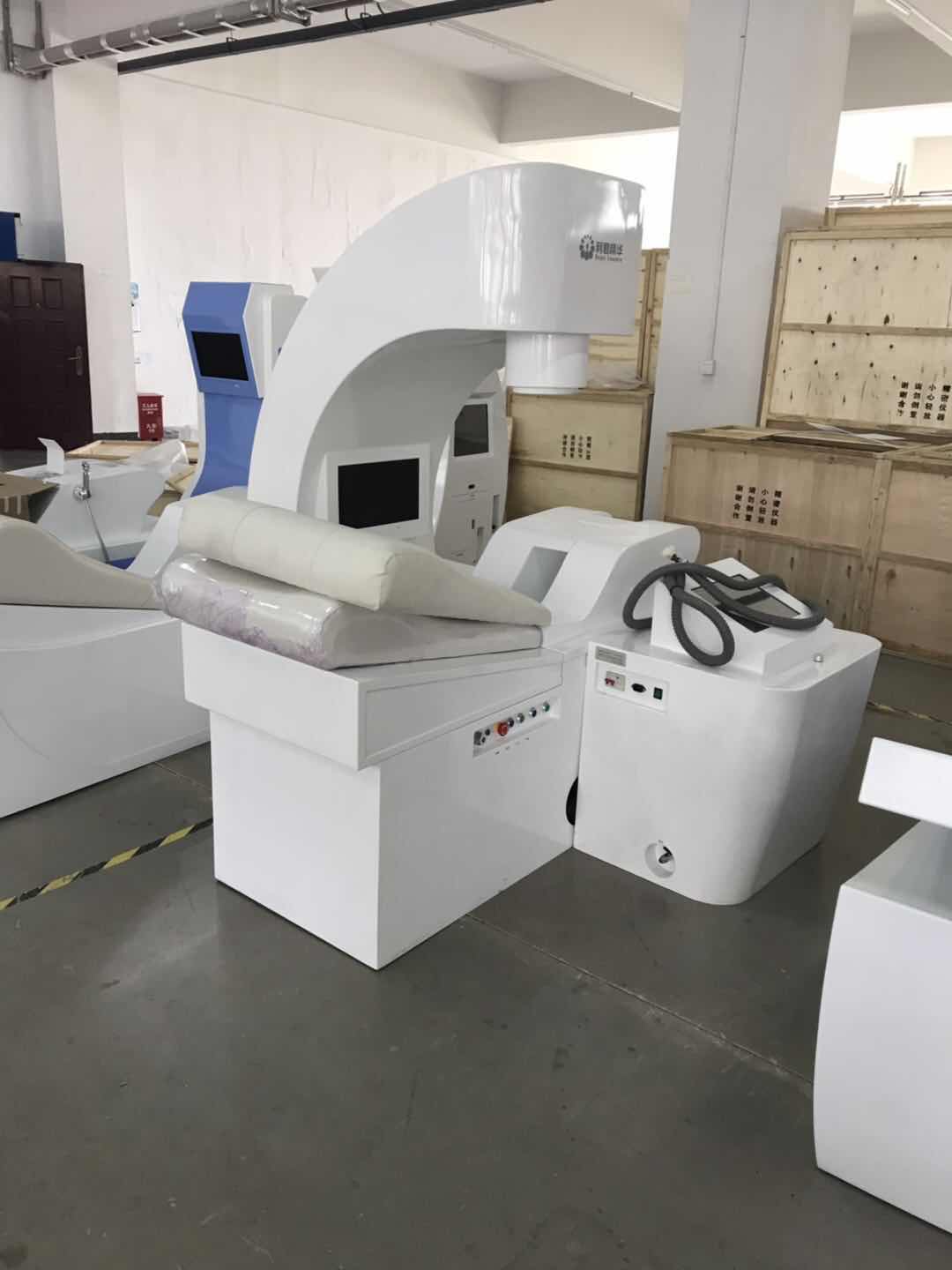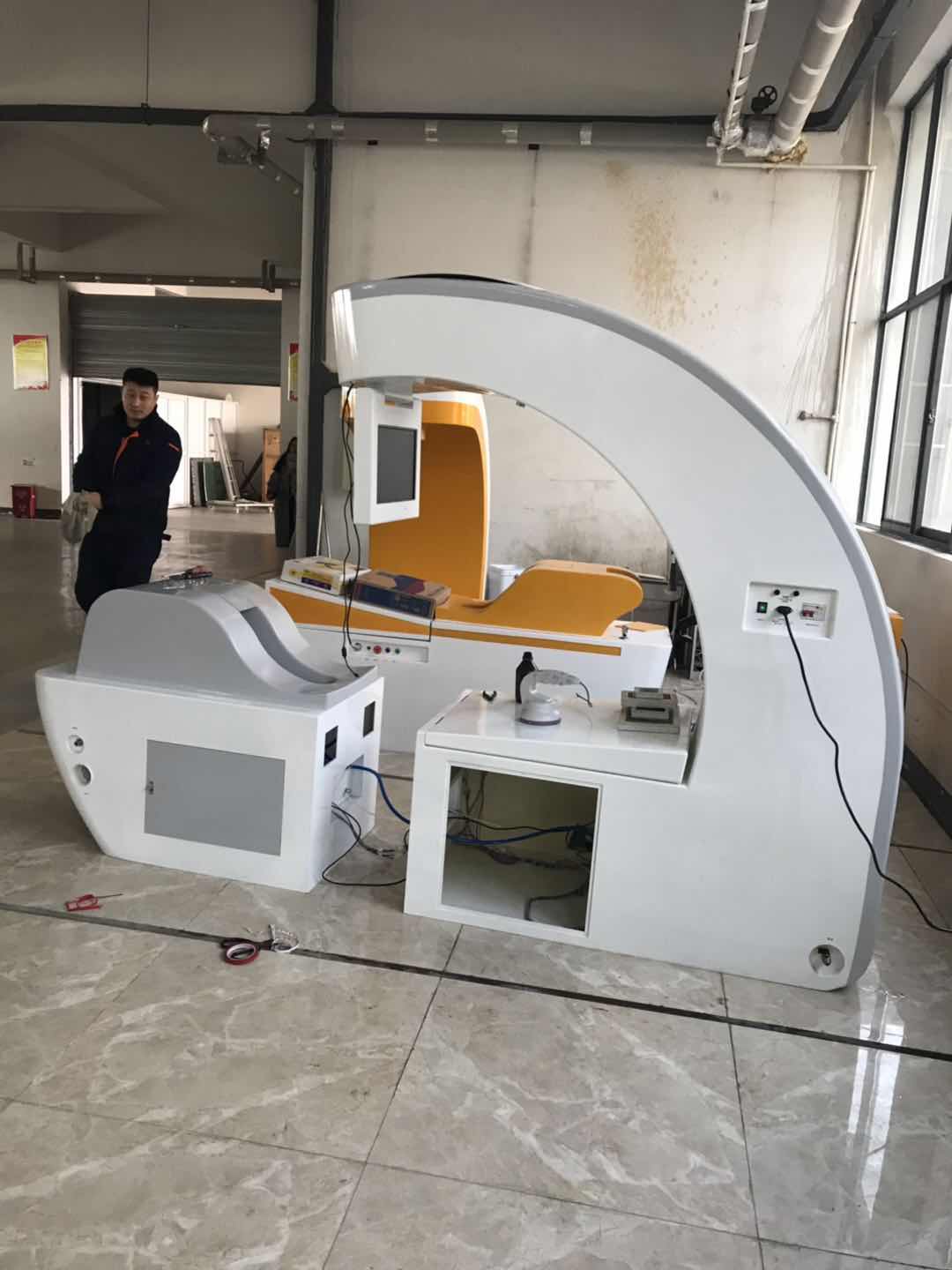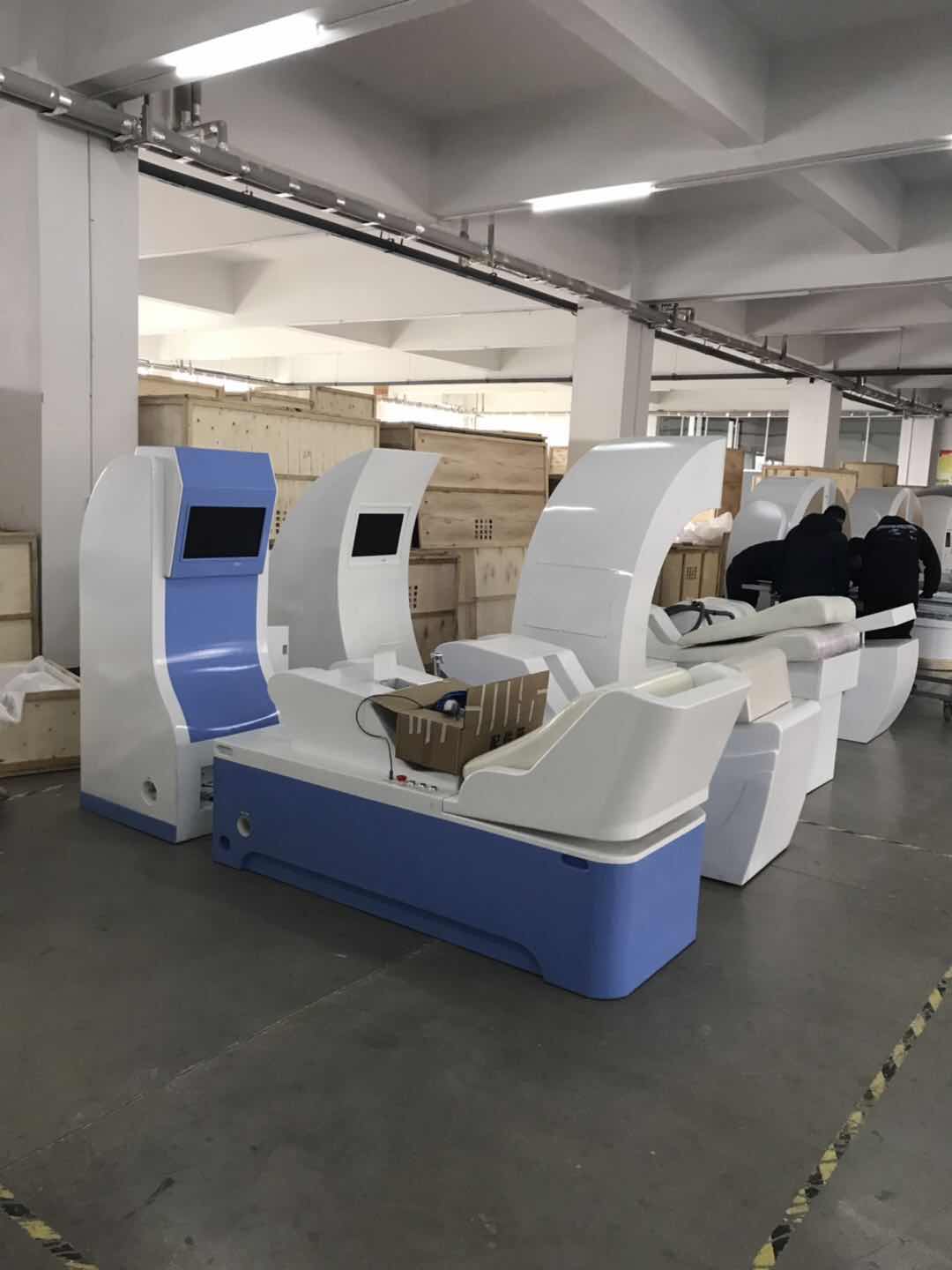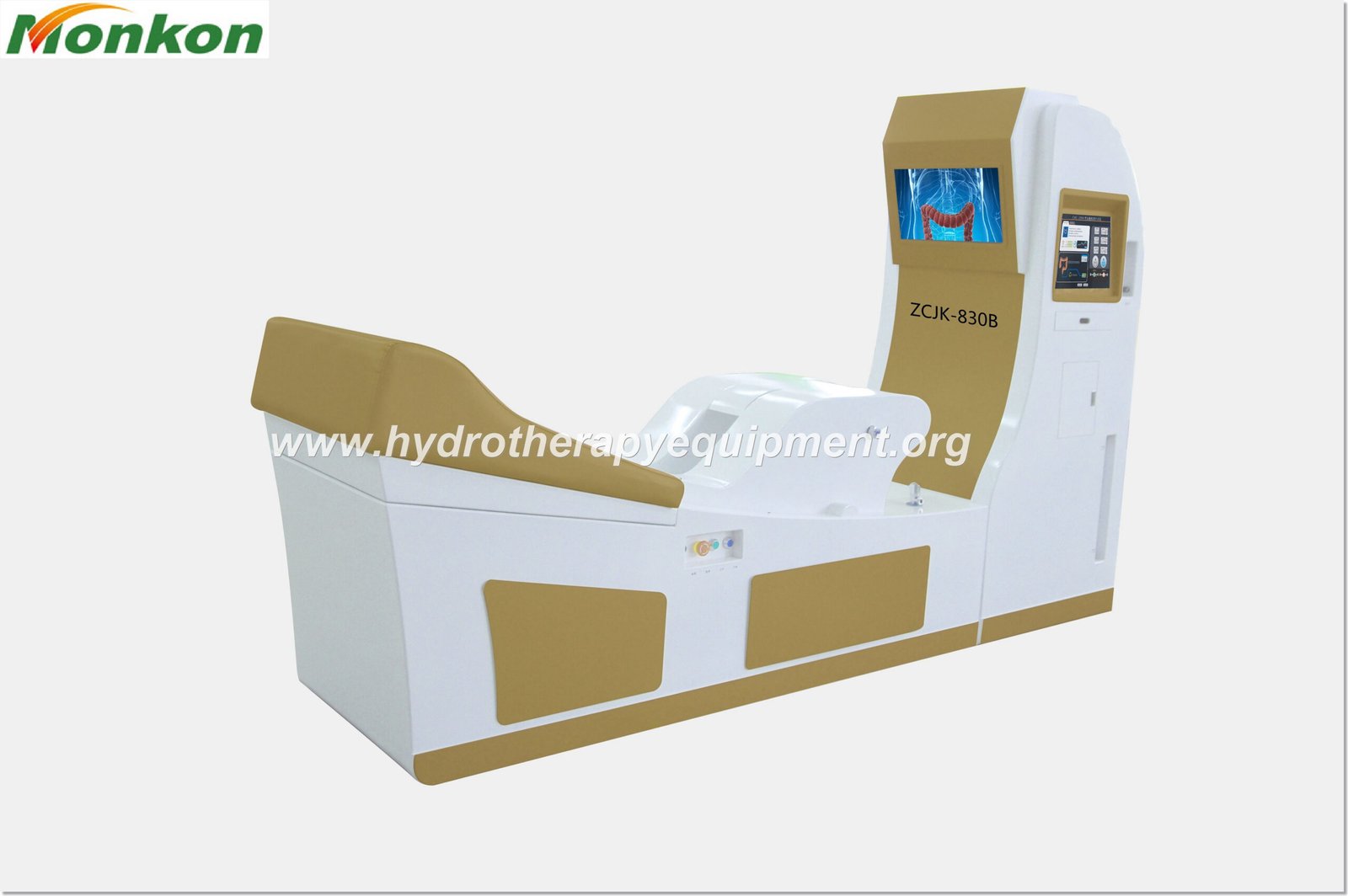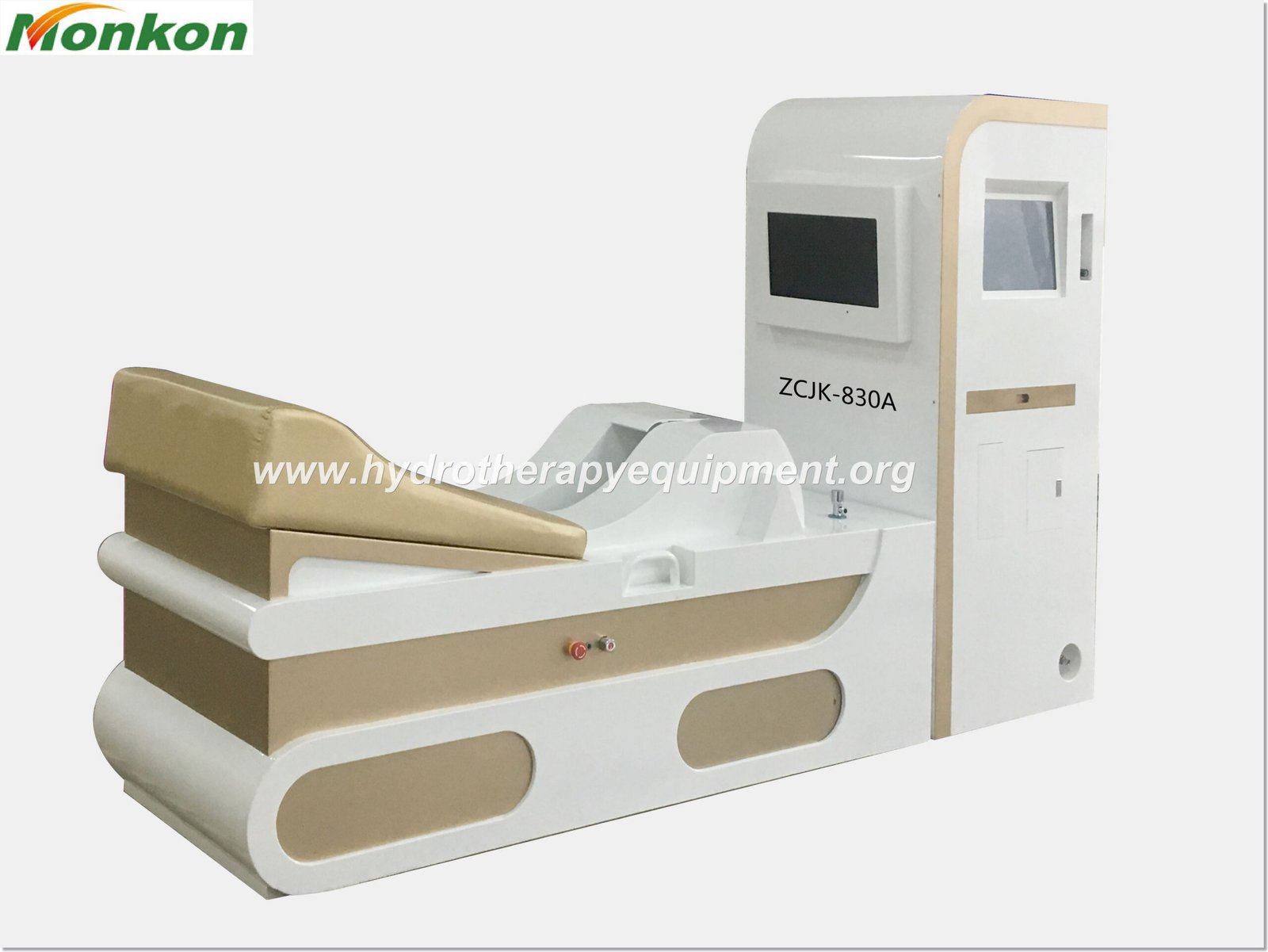
Como funcionam as máquinas de limpeza colônicas?
Se você estiver interessado em máquinas de limpeza colônicas, pode ter se perguntado como elas funcionam. Essas máquinas se tornaram cada vez mais populares nos últimos anos, à medida que as pessoas buscam maneiras de desintoxicar seus corpos e melhorar sua saúde geral. Neste artigo, exploraremos a história, o princípio de trabalho, os pontos de venda, as instruções de uso, quem precisa deles e indústrias onde são comumente usados.
A história das máquinas de limpeza do cólon
A limpeza do cólon é praticada há milhares de anos, remontando aos tempos antigos, quando as pessoas usavam enemas para limpar seus intestinos e aliviar a constipação. No século XX, as máquinas de irrigação cólônica foram desenvolvidas para fornecer uma limpeza mais completa e eficiente. Desde então, essas máquinas evoluíram e as versões modernas usam tecnologia avançada para proporcionar uma experiência mais confortável e higiênica.


Como funcionam as máquinas de limpeza colônicas?
As máquinas de limpeza colônicas funcionam infundindo água morna no reto usando um espéculo que é inserido no ânus. A água é então gentilmente e lentamente circulada no cólon usando uma bomba, facilitando a remoção de matéria fecal e outros resíduos que podem ter se acumulado no intestino. A pressão e a temperatura da água são reguladas para garantir o máximo conforto e segurança para o paciente. Algumas máquinas também oferecem a opção de adicionar soluções de ervas ou probióticas à água para melhorar a experiência de limpeza.
Os pontos de venda das máquinas de limpeza colônicas
As máquinas de limpeza colônicas são comercializadas como uma maneira de desintoxicar o corpo e melhorar a saúde geral. Os proponentes afirmam que a limpeza regular do cólon pode ajudar a aliviar a constipação, melhorar a digestão, aumentar o sistema imunológico e até ajudar na perda de peso. Acredita -se também que promova clareza e energia mentais, reduzam o inchaço e o gás e melhorem a condição da pele.
Instruções de uso
1. Consulte seu médico: Antes de usar uma máquina de limpeza colônica, é essencial consultar seu médico para garantir que seja seguro e apropriado para você.
2. Prepare -se: siga as instruções fornecidas pelo seu provedor de saúde em relação à dieta e hidratação antes do procedimento.
3. Posicionamento: Você será solicitado a se deitar na mesa e se posicionar para inserção do espéculo.
4. Inserindo o espéculo: uma vez inserida o especulum, a bomba é ligada e a água morna começa a circular no cólon.
5. Circulando a água: a água circula lentamente para estimular a liberação de resíduos do cólon.
6. Evacuar os resíduos: Material e água são evacuados continuamente através de um tubo, conectado à máquina.
7. encerrar o procedimento: Uma vez concluído o procedimento, o espéculo é removido e você será solicitado a usar o banheiro para eliminar qualquer resíduo restante.
8. Hidrato: beba muita água para reabastecer fluidos perdidos durante o procedimento.



Quem precisa de máquinas de limpeza do cólon?
As máquinas de limpeza do cólon podem ser benéficas para indivíduos que sofrem de constipação crônica, síndrome do intestino irritável ou problemas digestivos. Eles também podem ser usados por indivíduos que procuram uma maneira natural de desintoxicar seus corpos ou melhorar sua saúde geral. No entanto, é essencial consultar um médico antes de usar esta máquina para garantir sua segurança e eficácia.
Indústrias que usam máquinas de limpeza colônicas
As máquinas de limpeza colônicas são comumente usadas no setor de saúde, incluindo hospitais, clínicas e centros de bem -estar. Eles também são populares entre spas e profissionais de medicina alternativa. Devido à sua capacidade de ajudar na perda de peso e na desintoxicação, alguns centros de fitness e clubes de saúde também começaram a oferecer procedimentos de limpeza colônica a seus clientes. Em conclusão, as máquinas de limpeza colônicas têm uma história rica e evoluíram ao longo do tempo para se tornar uma maneira mais eficiente e higiênica de remover resíduos do cólon. Eles são comercializados como uma maneira de melhorar a saúde em geral e são populares entre os indivíduos com questões digestivas. No entanto, é importante consultar um prestador de serviços de saúde antes de usar um para garantir sua segurança e eficácia.












